Trending
Opinion: How will Project 2025 impact game developers?
The Heritage Foundation's manifesto for the possible next administration could do great harm to many, including large portions of the game development community.

Featured Blog | This community-written post highlights the best of what the game industry has to offer. Read more like it on the Game Developer Blogs or learn how to Submit Your Own Blog Post
How can you use gore to support the backbone of your game, whilst meeting the expectations of modern players who want grisly grim guts and blood? Artists from Sumo Digital break down the ways they’ve used and created gore in games to support storytelling, authenticity and gameplay.
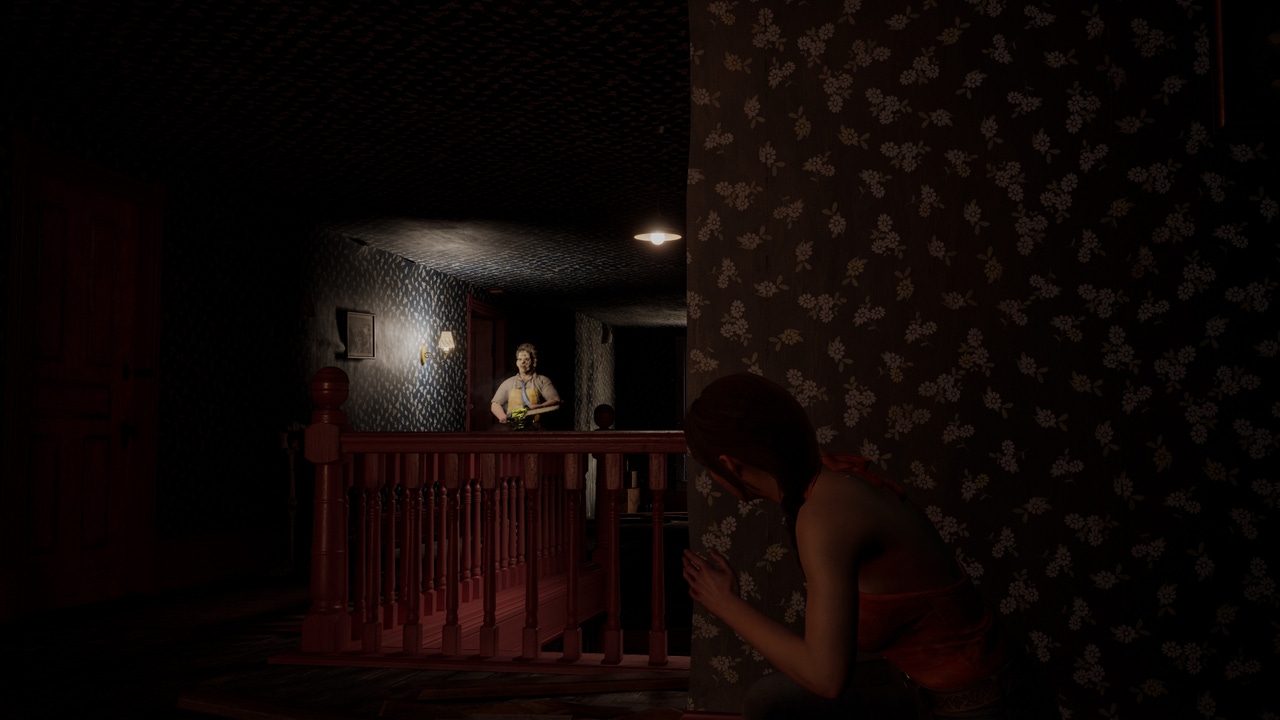
While gore and horror games go hand in hand, there are plenty of ways it can be used outside of the genre to help convey the story, themes and messaging of your game. It can be used to evoke strong emotions from your player and have them run the rollercoaster of disgust, devastation and everything in between, or can be used to create detailed and rich environmental storytelling which can contribute deep lore and backstory to a game.
So how can you use gore to support the backbone of your game, whilst meeting the expectations of modern players who want grisly grim guts and blood? Here, artists from Sumo Digital break down the ways they’ve used and created gore in games to support storytelling, authenticity and gameplay.
“Once upon a time, thousands would gather in the Colosseum to see men ripped limb from limb in the name of a good afternoon out.” says Craig Russell, a VFX Artist at Sumo Newcastle. “Most recently, I’ve been working on DEATHSPRINT 66 which – although it sits adjacent to the horror genre – was always intended to lean heavily into gore, blood and guts. Set in the dystopian future, the game sees players inhabiting clone racers whose sole purpose is to fly around a track laden with deadly obstacles as they try to win… or die trying.
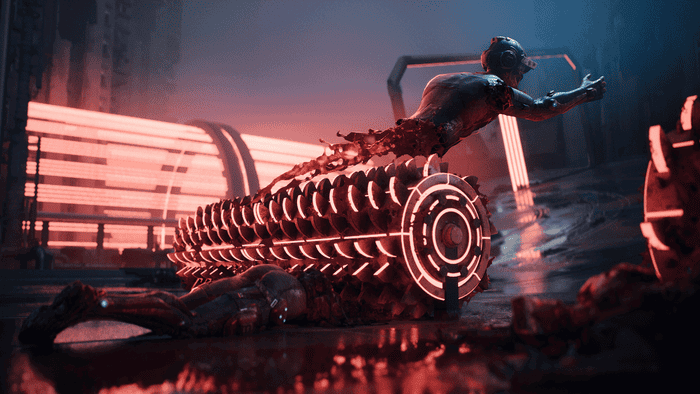
In DEATHSPRINT 66, it’s win or die trying. Navigate deadly tracks that are packed full of obstacles designed to rip, burn and detonate your racer… all in the name of good entertainment to keep viewers engaged.
“In this dark future, life is cheap and viewership is money. People want to see high drama they can’t get anywhere else, so the best way to lure audiences in to watch the races is to have bombastic displays of limbs and giblets flying across the track at any moment
“Our clone racers are human in appearance, but to create gore that would feel visceral and explosive (literally), we had to alter their anatomy to make them more of a ‘meat bag’ make up, with way more blood than is in a human body and with detach points for limbs that would send them hurtling into the air.
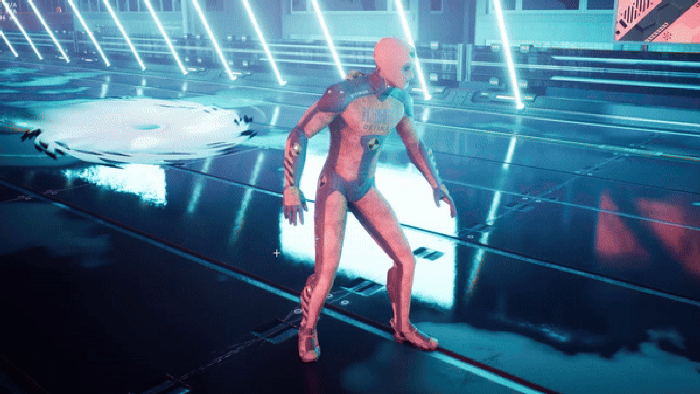
The detatch points for the clone racers allows their limbs to dramatically fly across the track and support the idea of death as a spectacle within the world of DEATHSPRINT 66.
“It’s a racing game at its core, which means we had to tread the line of creating gore that felt impactful and shocking, but didn’t distract too much from gameplay or impact the reload speed of our racers.
“I think we managed to create gore that isn’t only readable and loud at the high speeds which the game demands, but that evokes big reactions from players and is able to support the story we’re trying to tell. To me, gore’s purpose is to emphasise a point, and underneath the fast-paced, over-the-top, explosive nature of our gore is a dark story of how we’re entertaining ourselves to death.”
“Our initial pitch for Still Wakes the Deep was ‘The Thing on an Oil Rig’, so we knew that body horror was always going to be central to it.” says Laura Dodds, Associate Art Director at The Chinese Room. “We wanted to maintain the mystery and ignite the player’s imagination so we never show ‘The Horror’ [the name given to the entity that has ended up aboard the oil rig], and instead only ever show the aftermath of how it’s transformed the crew. This choice leads to a sense of heightened tension and really gets to you to ask: “what the hell could have done that?”.”
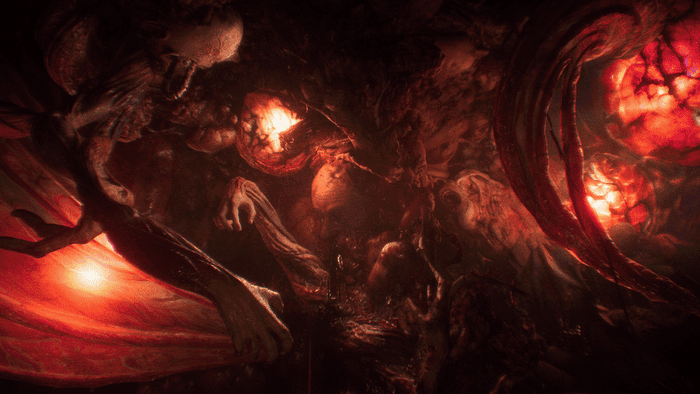
There are moments in Still Wakes the Deep that the gore in front of the player will be so horrifying that it will be hard to look away from. It’s an idea of ‘terrible beauty’ and piques the players’ interest.
“Seeing your crewmates twisted and contorted adds to both the horror, and the emotion of the game. Throughout, the way Caz stumbles upon his departed friends give the game a crime scene feel, and leaves us questioning what the events were that led to these grizzly scenes. What’s more, is that the crewmates are often found in their cabins surrounded by items of significance as they try to reconnect with their humanity.”
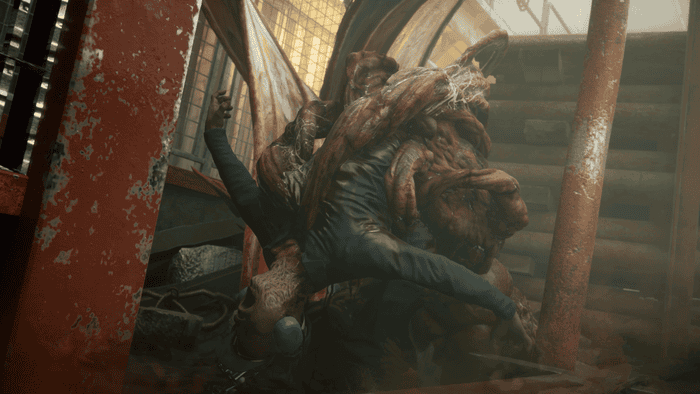
Alas, poor Crewmate – I knew him well. In Still Wakes the Deep, the transformations of the Beira D crew are so brutal that the player can only wonder what entity could have done such damage. Throughout the game, no crew member is changed in the same way as another – and elements of their personality and former selves can be found in their new appearance.
“Some of the crew bear some resemblance to their former selves, but others have been entirely mutated – with exploded, chaotic limbs which have multiplied, spread up the walls and evolved.
“The choice to include heavy gore in the game not only helped us to drive the plot, but also supported its central themes of humanity, faith and love.”
“There were strong narrative and thematic elements to ‘The Horror’ in Still Wakes the Deep, and we wanted to create something that captured all of these while finding the balance between otherworld mystique and intended links to the real-world. Using ‘terrible beauty’ as our guide, we combined artistic shape and colour, and then grounded it in realistic materials.”
“With a strong drive to be as authentic as possible to the original 1974 film, all gore we included in The Texas Chain Saw Massacre had to feel like it belonged to that universe and the story.” says Feargal Plant, Principal VFX Artist at Sumo Nottingham. “The original film was light on gore, but we know that modern audiences expect to see some blood and guts in their horror games and needed to reflect this in our work. Whilst this did give us the opportunity to run wild with our gore, we decided instead to we’d focus on blood and wound VFX and specifically on how the weapons used – which are intrinsic to the characters’ stories and personalities – would damage and harm.

Having realistic wound VFX offers helpful feedback to the player so they can see either how badly they’re injured and therefore how much more damage they can take before needing to run or hide, or how much damage they’ve caused and how many more hits do they need to take.
“Are they blunt or sharp? Is the movement a slash or a hammer-blow? How is the victim reacting? Where are they getting hit? Will it leave a shallow or deep wound? What do repeat attacks look like?
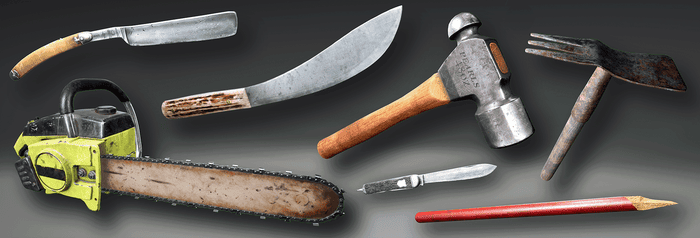
The weapons that can be found in the game. Each has a different attack speed, hit and impact. Is it a slice? Is it a slash? Does it leave an open or closed wound? How much does the wound bleed?
“From here, we explored the way that blood travels upon impact – what is its trajectory? What’s the viscosity? How does where a player was hit impact the damage? What’s the force of the spray? How does lighting impact its tone and colour? We knew that if we managed to get all of this right, we’d add additional impact to the attack and execution sequences that would put the player right at the heart of the action and force them to watch their grisly demise.
“Not only did all of this help us to reinforce the idea of authenticity, but from a gameplay point of view it offers helpful feedback and instruction to the player to understand how much damage they’ve sustained or caused and what they need to do next.
“It also helps to heighten the tension and atmosphere – you know you’re in trouble when you see a lot of blood, meaning your adrenaline kicks in and the gameplay ramps up to boiling point.
“In the end, the blood splattered across the calm environments will remain there for the rest of the game as a reminder to other players of what’s at stake.”
You May Also Like